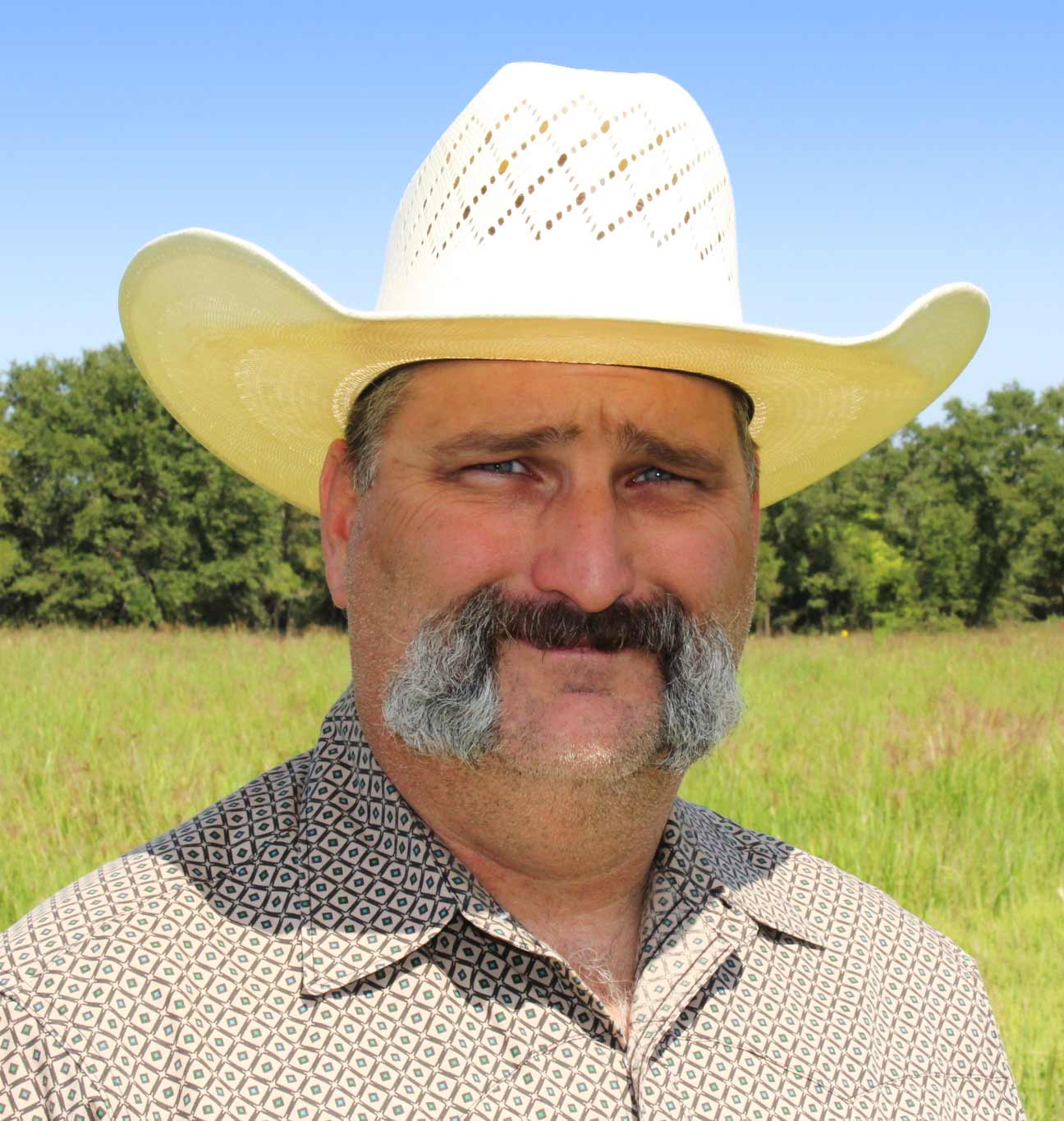Are bulls 50% of the genetic evaluation of your cow herd? From all my travels, I think cow power has more weight than bull power. Maybe as much as 60% is weighted in the cow’s genetics. During the current drought, the best-performing females shine in this environment. They are the nucleus of our herds. These are the genetics we should seek to maximize our herds’ future. Who are these miracle females? They are the easy-fleshing females who breed back on time, even in the hard times. The most significant financial losses to a cow/calf operation stem from low reproductive efficiency and the fallout of younger females from the herd …leading to depreciation costs.
In terms of males, making bull selections while in a drought is likely too late to make a positive impact on our current herds. Matching our cow herd to our environment means we “REGULARLY” select bulls who will maximize “HERD” productivity in their everyday environment … not necessarily maximizing our cows’ productivity. Our bulls should walk a fine line between complementing our environment and our market.
Popular terminal performance indexes reward leaner, harder-doing cattle who can bring a higher dollar value. Although chasing unicorns is fun, it often leads to our downfall, as the unicorns do not match our environment, especially during drought conditions. Our bull selection should include balanced traits across all genomics/EPDs while not losing focus on our maternal cows’ function. I tell every monthly artificial insemination (A.I.) certification class I teach that profitability is spelled “FERTILITY” … while maximizing each cow’s performance.
My family went exclusively to A.I. in 1989. We have achieved an 85% conception rate or better with a breeding season of 45 days or less since 2002. We included embryo transfer into our program in 2014. Today, we still look at fertility as our number one goal and cull hard based on FERTILITY.
In an exemplary commercial cow/calf operation, producers must have an exceedingly maternal cow herd matched to their environment. They would have their best cows A.I. bred to or bred to an extreme maternal sexed bull for replacement heifers. To market desirable feeder calves, the producer would purchase a terminal, high-growth, high-carcass clean-up bull. An even more progressive cow/calf producer would do one round of A.I. with terminal male semen on the remainder of the cow herd before turning in the clean-up bulls.
A.I. allows you to use multiple bulls to reach an individual cow’s best attribute asher focus. This will enable you to breed your best maternal cows with sexed female semen to produce replacements and all others to a terminal sire. A.I., as a reproductive tool, means producers never have to compromise on maximizing maternal or terminal traits in a specific mating. A rancher using only one bull as a herd bull is a significant disadvantage in maximizing each cow’s ability.
While selling semen for GENEX and STgenetics and breeding for clients in Texas and all four surrounding states, we consult clients on mating decisions. Here are a few items a bull must possess. First, his dam and granddam must be fertile, even in a drought, meaning both females need to conceive on the first attempt. This data can be researched in one of three ways: 1) by finding the cows’ performance pedigree via the AAA website, 2) by finding the cows’ calving interval in days based on a 365-day calendar, or 3) by talking to the owners of the cows.
Secondly, his dam and granddam must have docility, longevity, structural soundness, and sustainability. The sires also need to come from great cow families, have structural correctness and docility and have a large enough testicle size. After all these criteria are met, then we can go deeper into the decision-making process of our ranch’s goals, visions, and living our brand.
If we are breeding heifers, we must remember “calving ease.” If we are breeding cows, the cow needs to give birth to the largest calf, possibly, without any trouble. We don’t have a calving issue in the Angus breed in the south. Breeding calving-ease bulls to cows can cause long-term problems. Issues such as smaller pelvic bones, when a calf isn’t forced out of the birth canal, it doesn’t get a God-given message to jump up and run like their wild animal counterparts do. Breeding calving-ease bulls to cows long term means shorter gestation periods. Fewer days in gestation allow less time for lung development, which correlates to more time in the hospital pen.
Now to our ranch’s goals. Like the spiritual gifts God gave each of us, every cow has her own goal, depending on what she brings to the table. She can either excel in raising replacement heifers, feeder calves, or making seed stock bulls. You need to decide on her genetic gift and breed her to a bull that maximizes her traits.
Keep all the above traits for feeder calves and maximize growth and carcass traits. For replacement heifers, she should have a phenotypical look, keep all attributes around breed average and focus on fertility while keeping your milk EPD sustainable to your environment. If your goal is making bulls to sell, you need a mix of each for your buyers.
In closing, Psalms 50:10 says, “for all the beast in the forest is Mine and the cattle of a thousand hills.” My grandad always said, “If you’re cussing while working cows, your heart is in the wrong place. We should not be cussing at cattle; learn to better manage your cattle handling.” I always pray to ask God to assist me in working His cattle. According to His scripture, God explains how we must manage our time on Earth. We are called to be stewards of His Creation; if we keep God first in our life, family, ranch, and cattle, all things will bring us joy. James chapter 1 speaks of gaining wisdom. If you don’t have a Bible to read, contact me, and I will send you one.

